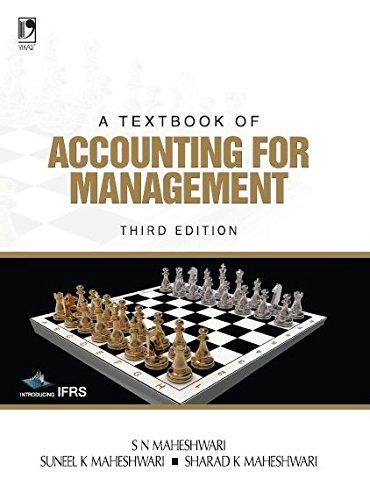Question
Entries into T accounts and Trial Balance Ken Jones, an architect, organized Jones Architects on April 1, 20Y2. During the month, Jones Architects completed the
Entries into T accounts and Trial Balance
Ken Jones, an architect, organized Jones Architects on April 1, 20Y2. During the month, Jones Architects completed the following transactions:
- Transferred cash from a personal bank account to an account to be used for the business in exchange for Common Stock, $38,700.
- Purchased used automobile for $25,000, paying $5,800 cash and giving a note payable for the remainder.
- Paid April rent for office and workroom, $3,900.
- Paid cash for supplies, $1,860.
- Purchased office and computer equipment on account, $7,700.
- Paid cash for annual insurance policies on automobile and equipment, $2,600.
- Received cash from a client for plans delivered, $9,700.
- Paid cash to creditors on account, $2,240.
- Paid cash for miscellaneous expenses, $375.
- Received invoice for blueprint service, due in May, $1,300.
- Recorded fees earned on plans delivered, payment to be received in May, $6,700.
- Paid salary of assistant, $2,100.
- Paid cash for miscellaneous expenses, $1,050.
- Paid installment due on note payable, $310.
- Paid gas, oil, and repairs on automobile for April, $500.
1. Record the above transactions (in chronological order) directly in the following T accounts, without journalizing: Cash, Accounts Receivable, Supplies, Prepaid Insurance, Automobiles, Equipment, Notes Payable, Accounts Payable, Common Stock, Professional Fees, Rent Expense, Salary Expense, Blueprint Expense, Automobile Expense, Miscellaneous Expense. To the left of each amount entered in the accounts, select the appropriate letter to identify the transaction.
2. Determine account balances of the T accounts. Accounts containing a single entry only (such as Prepaid Insurance) do not need a balance.
3.Prepare an unadjusted trial balance for Jones Architects as of April 30, 20Y2. List all accounts in the order of Assets, Liabilities, Stockholders equity, Revenues, and Expenses. If an amount box does not require an entry, leave it blank.
Step by Step Solution
There are 3 Steps involved in it
Step: 1

Get Instant Access to Expert-Tailored Solutions
See step-by-step solutions with expert insights and AI powered tools for academic success
Step: 2

Step: 3

Ace Your Homework with AI
Get the answers you need in no time with our AI-driven, step-by-step assistance
Get Started


